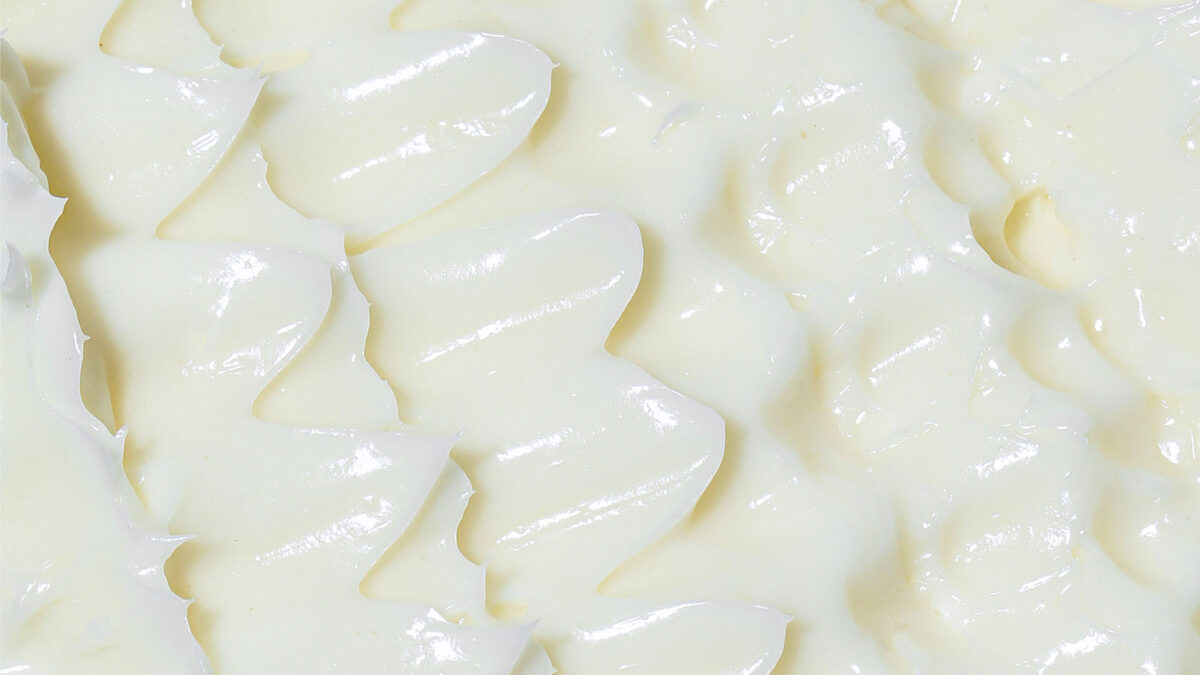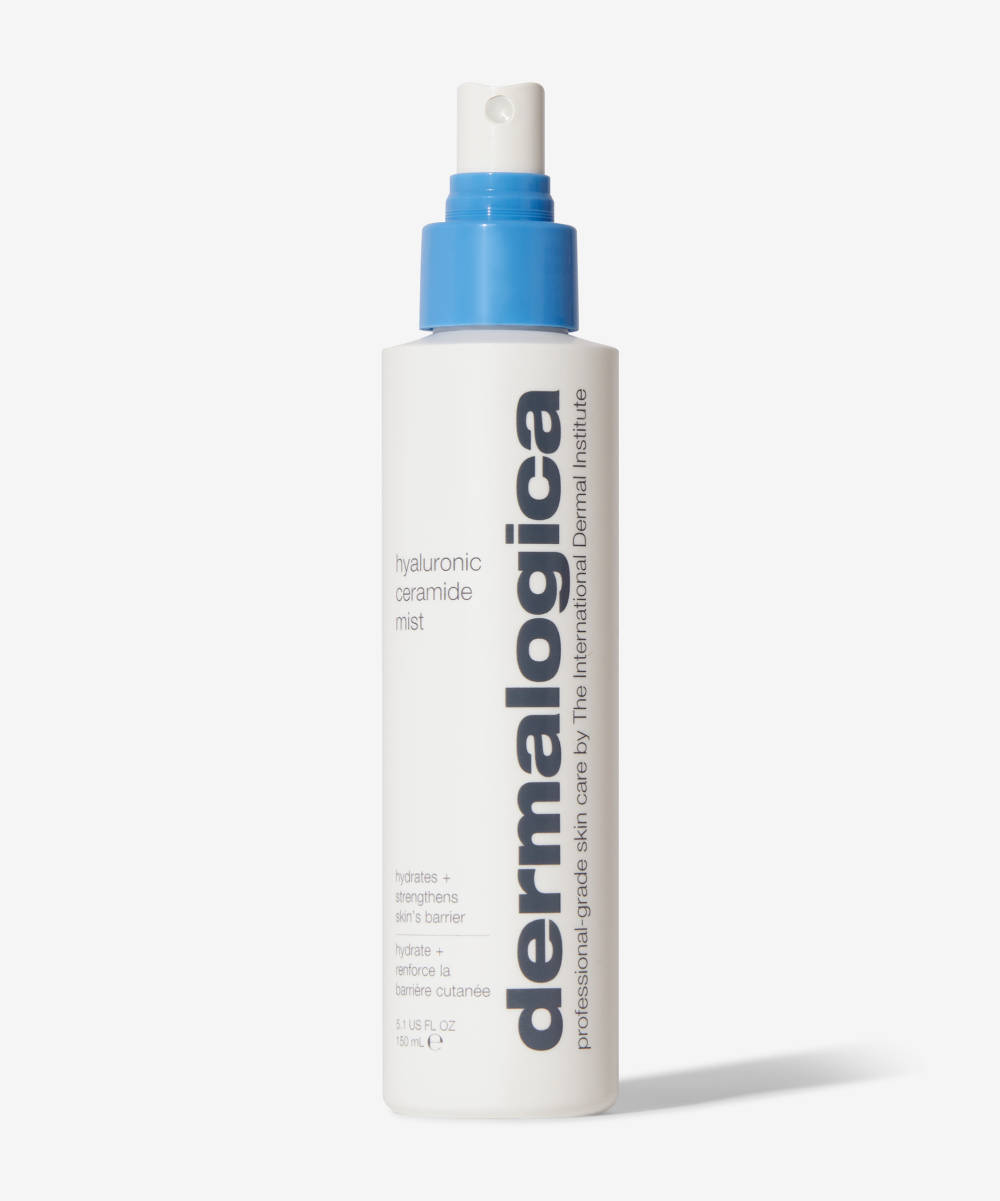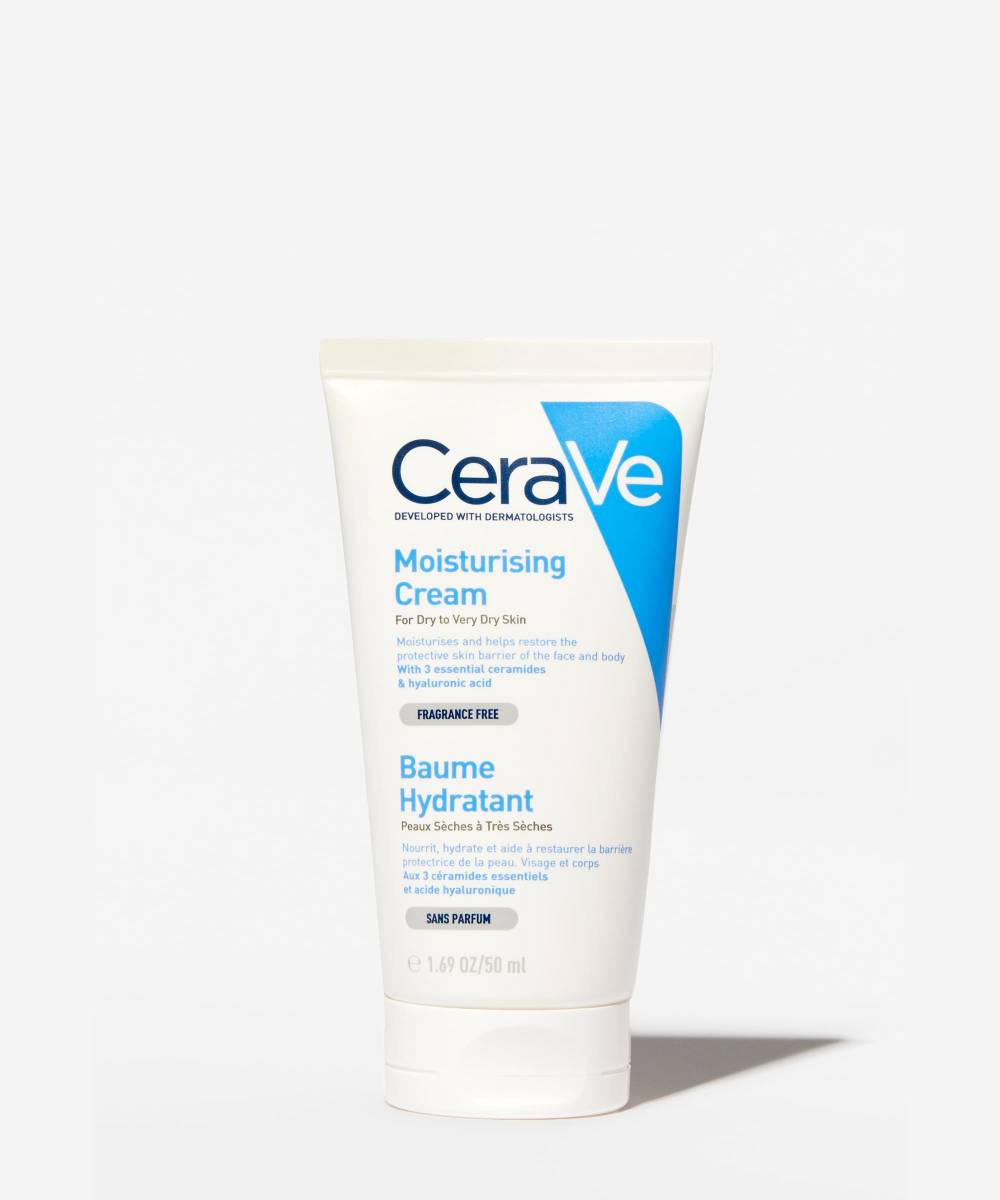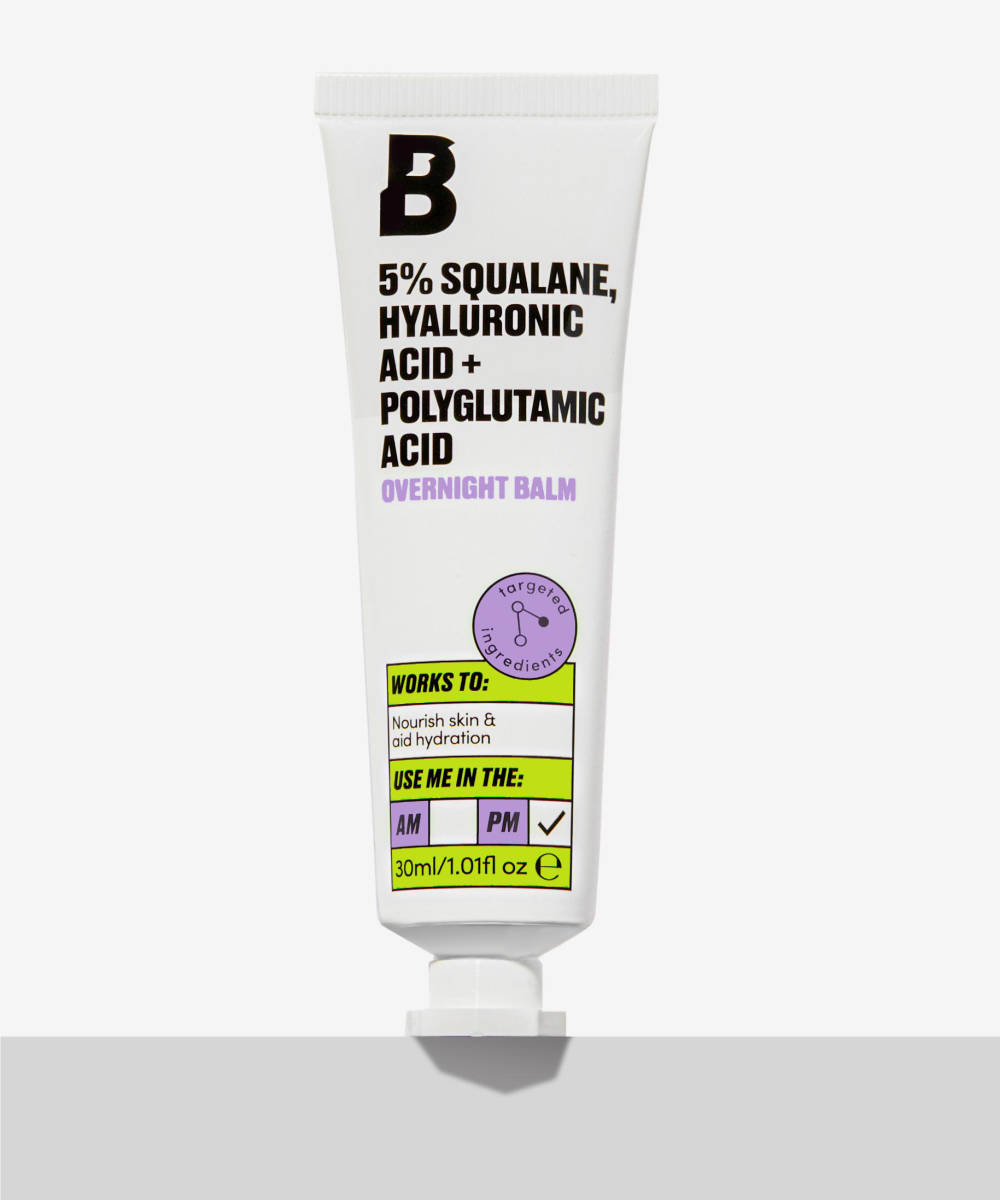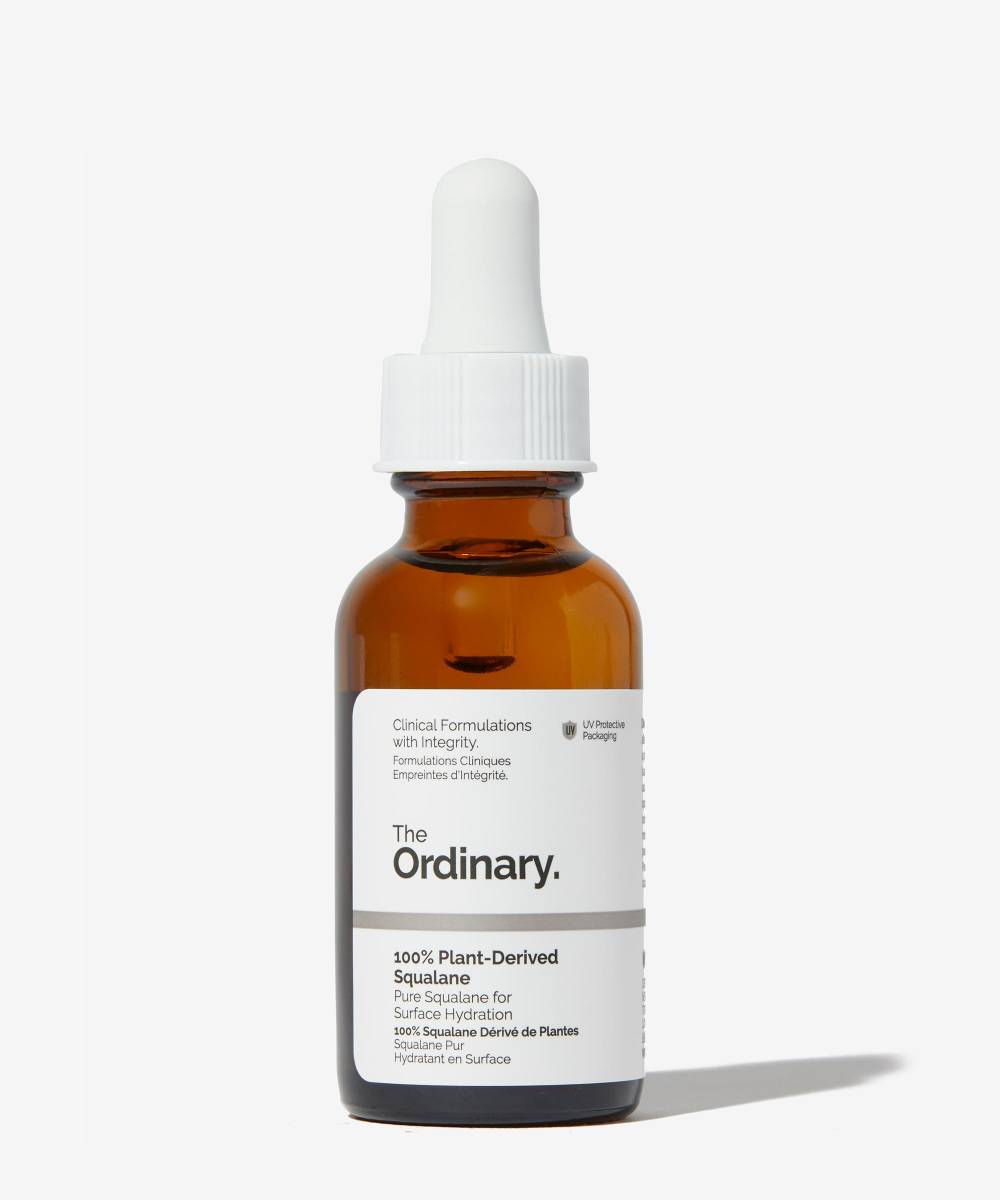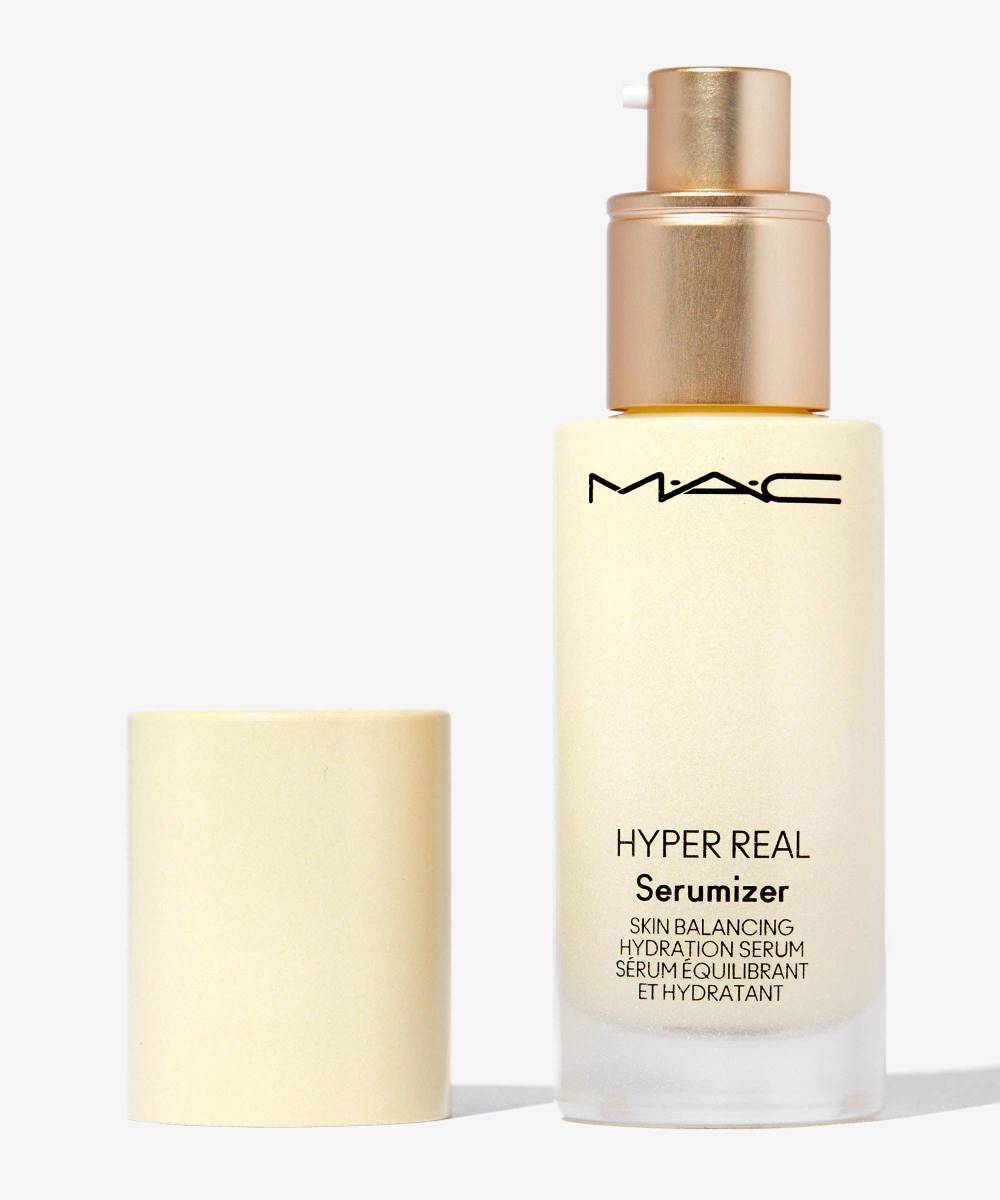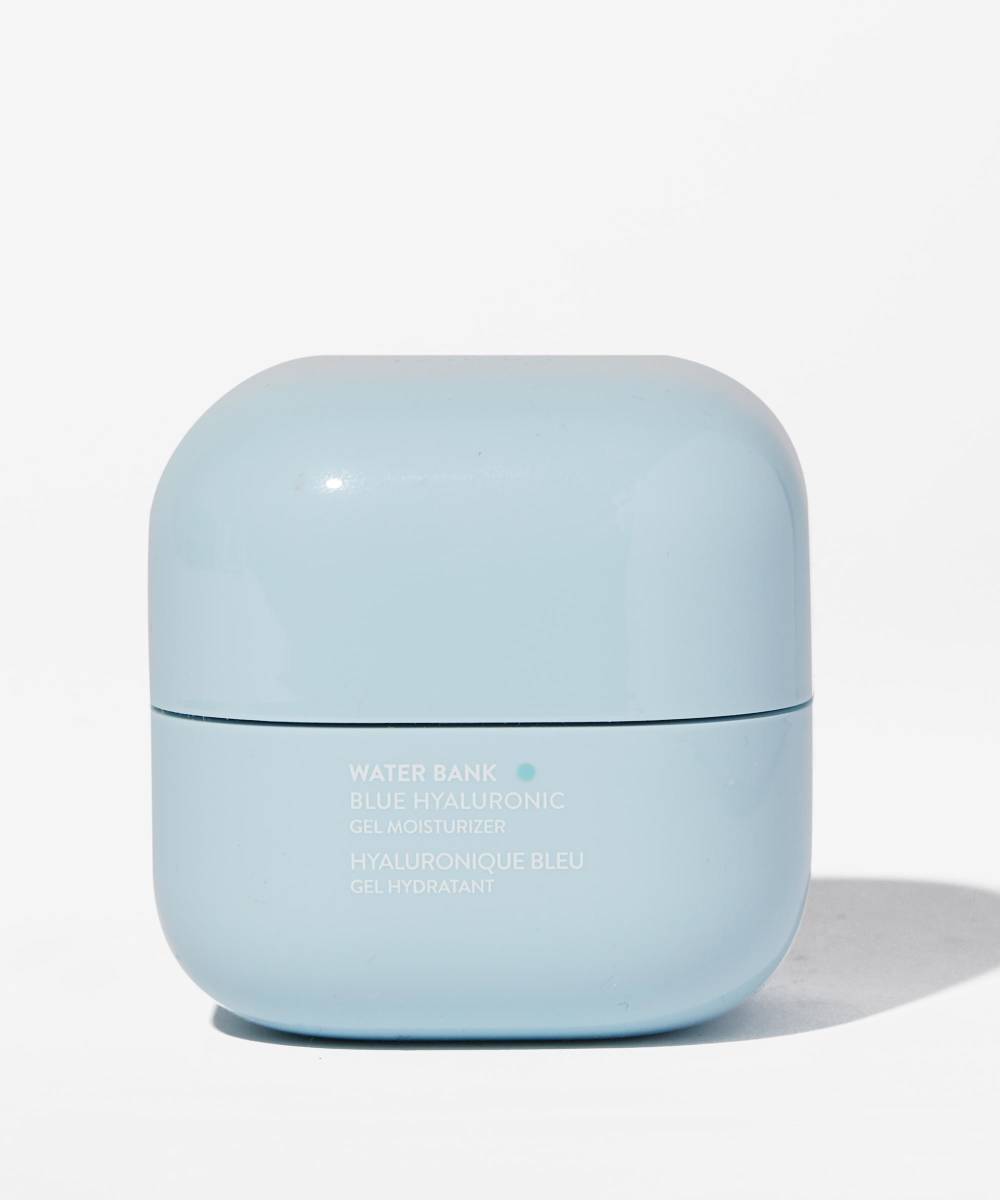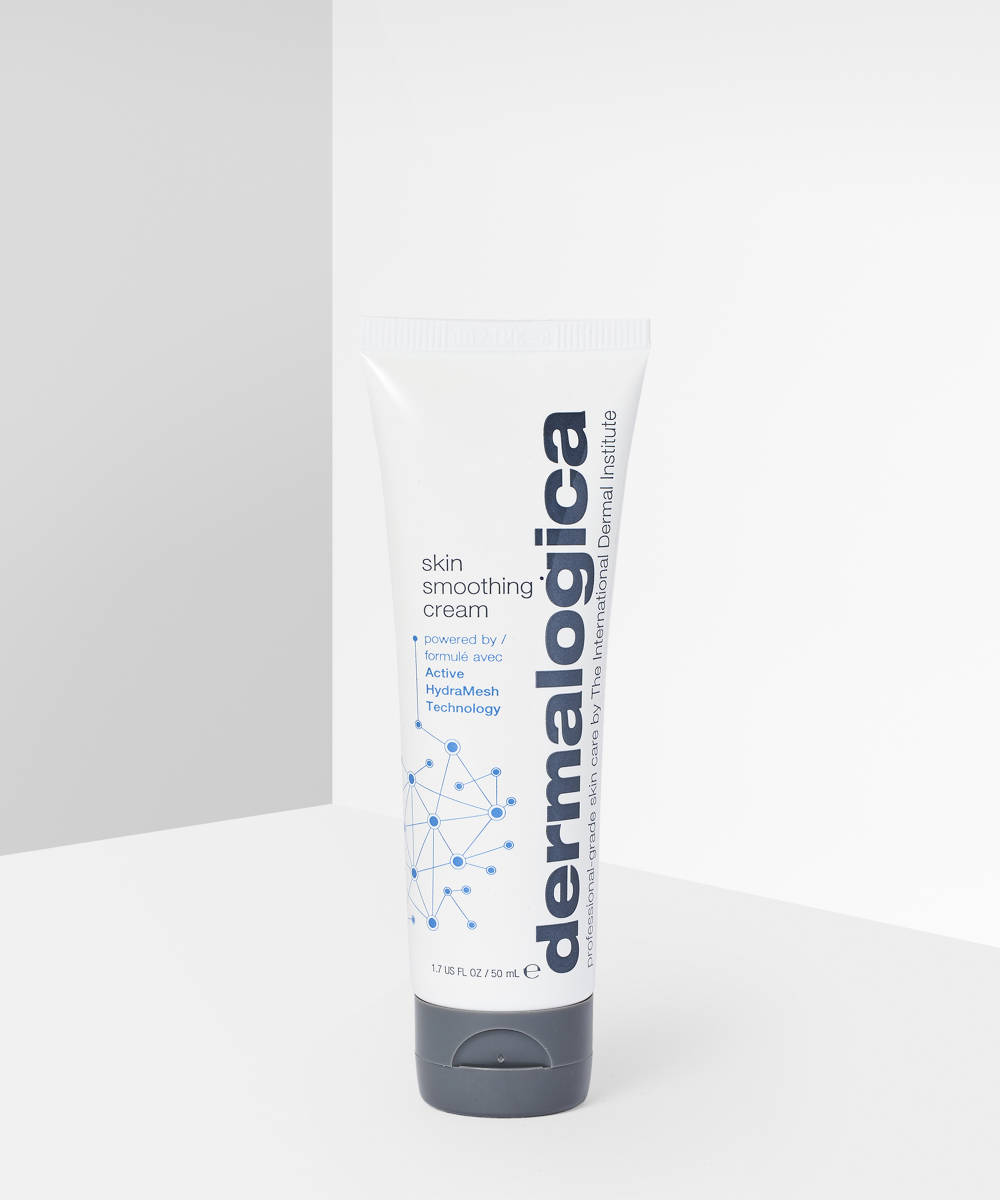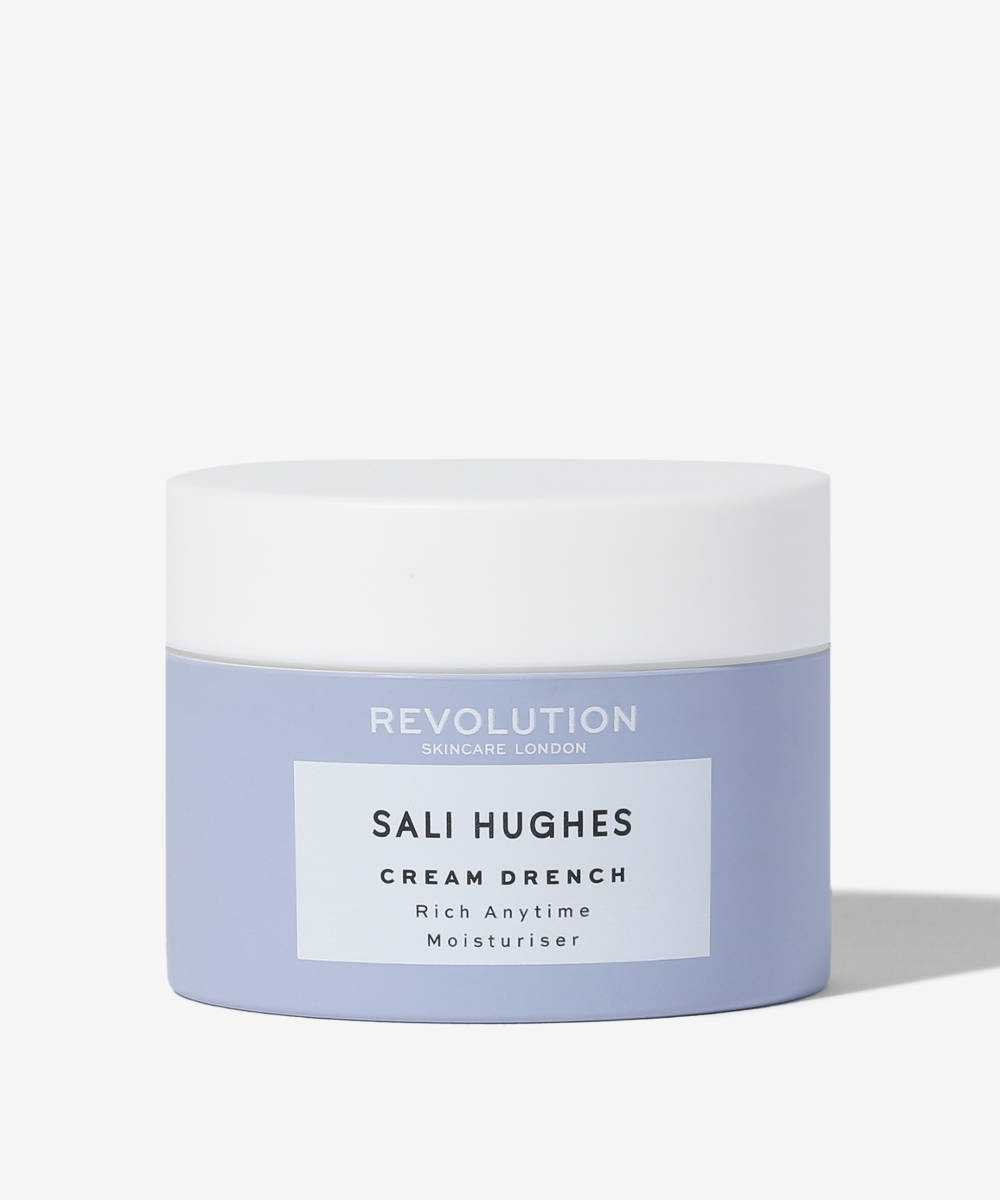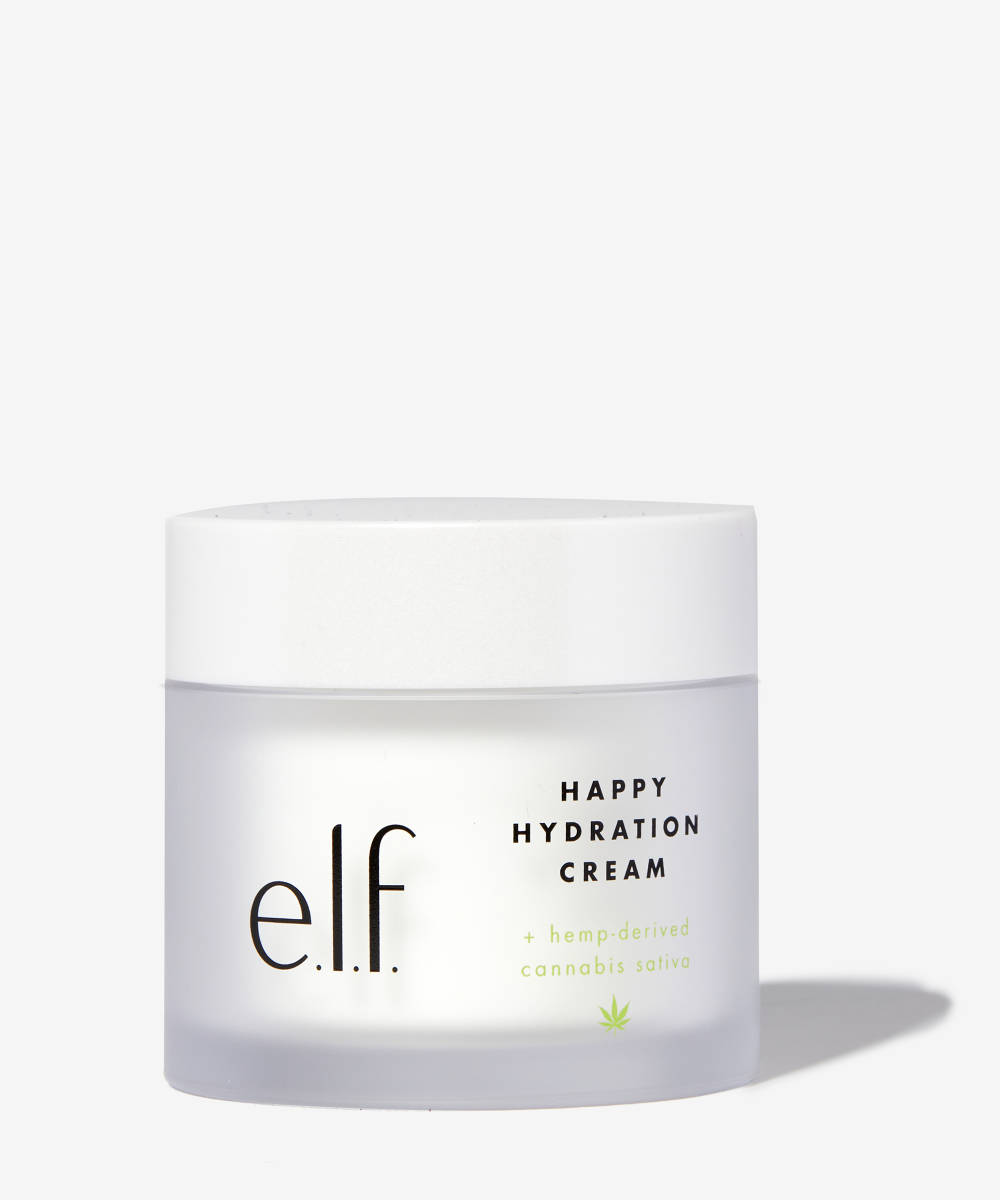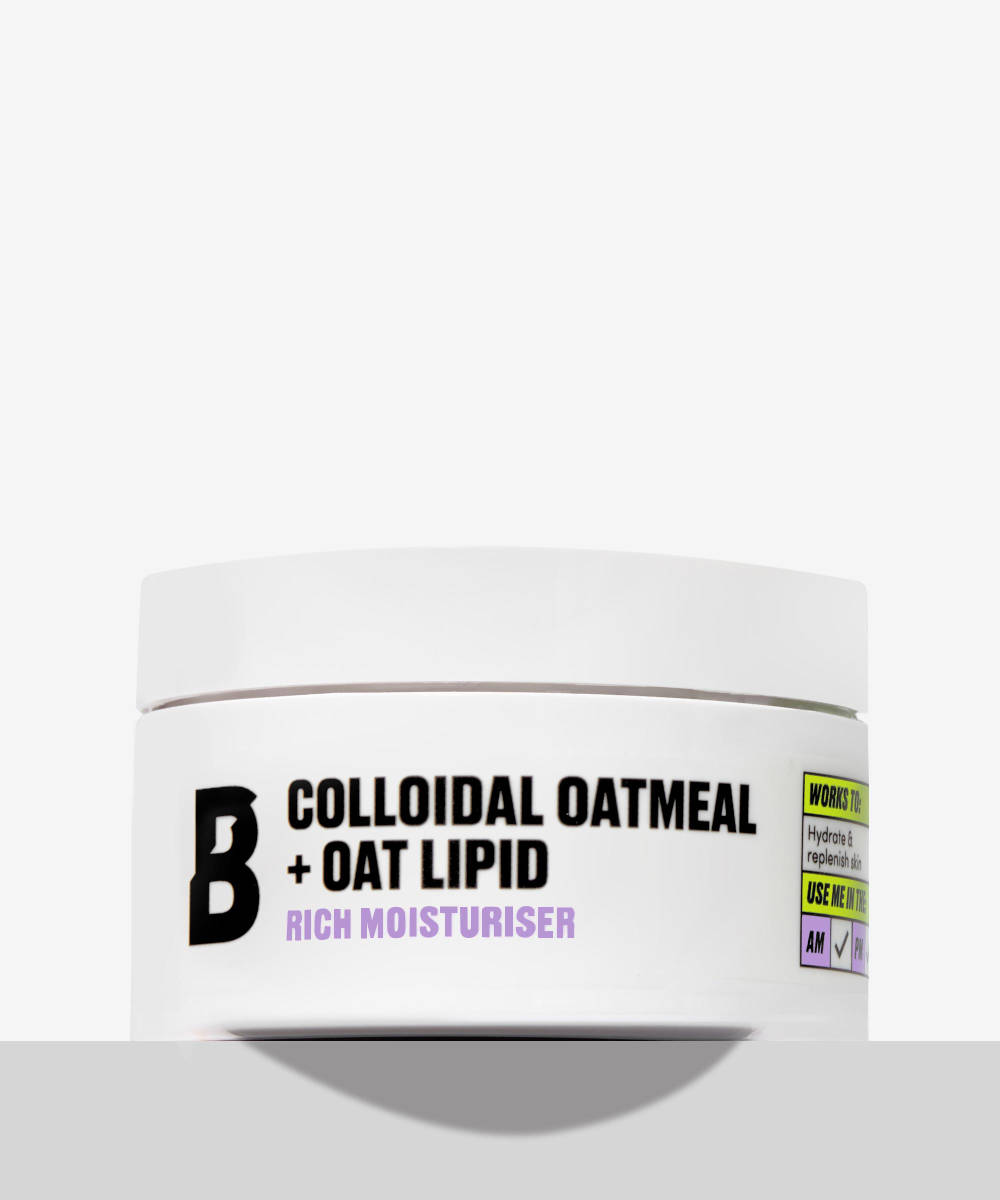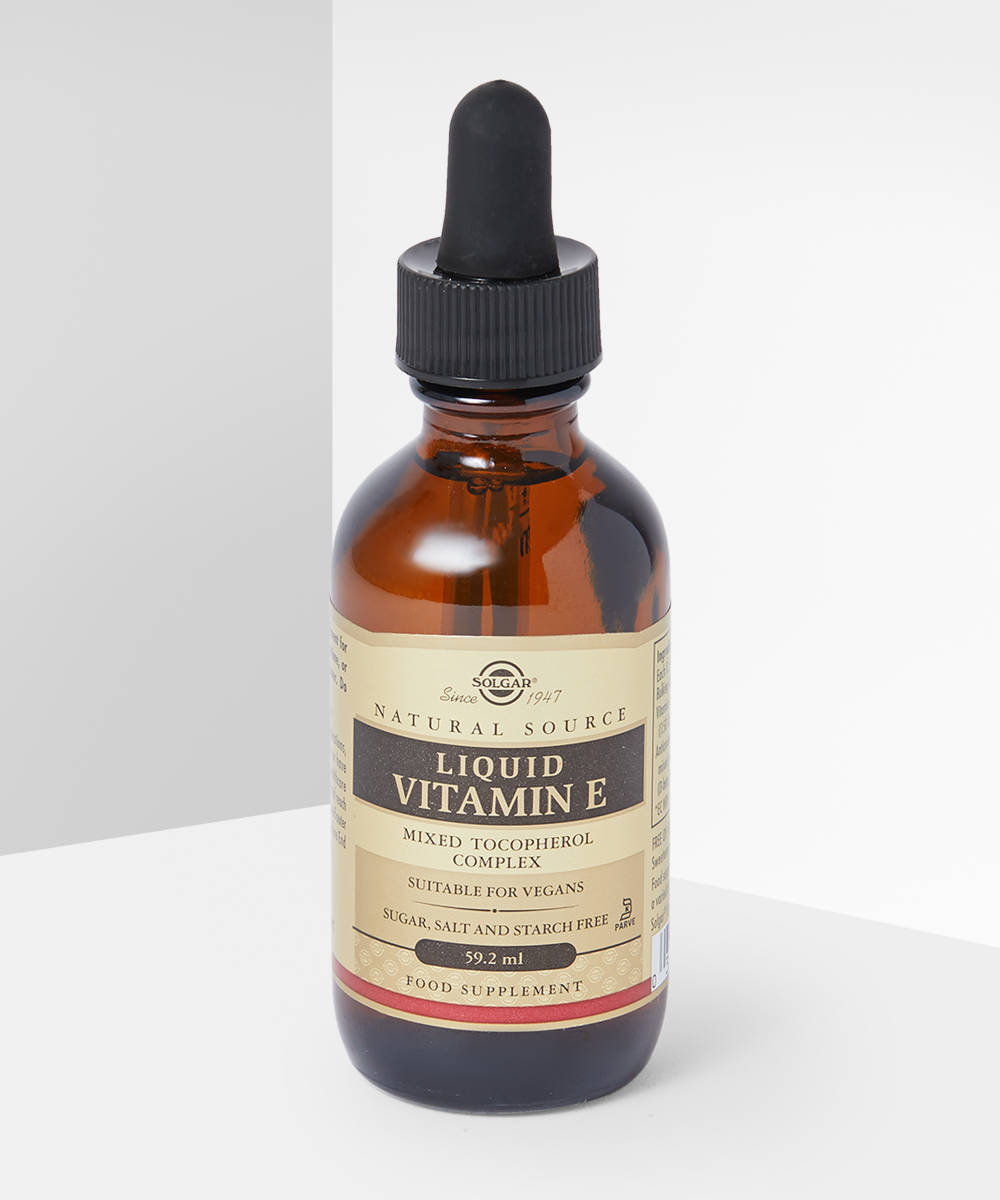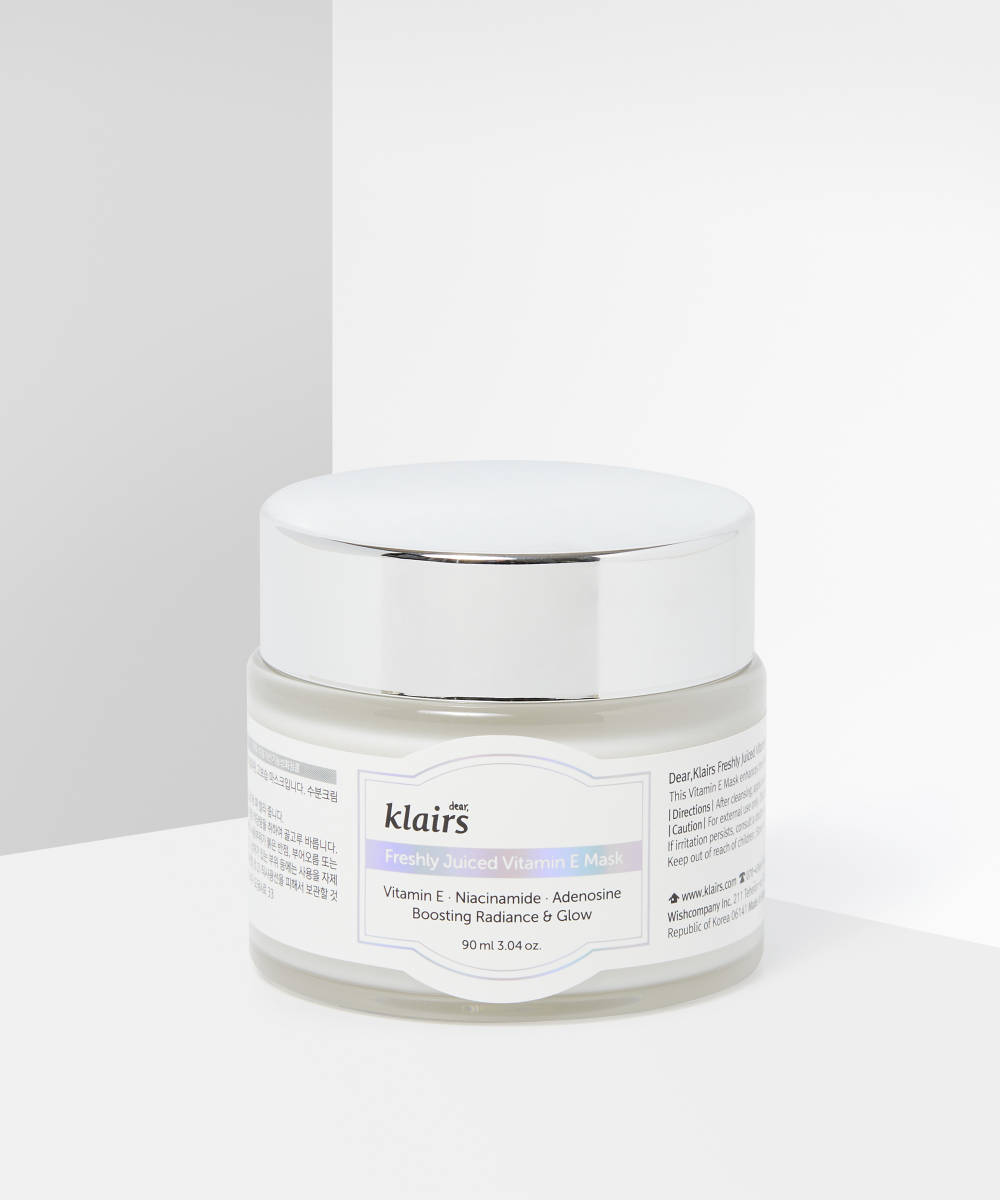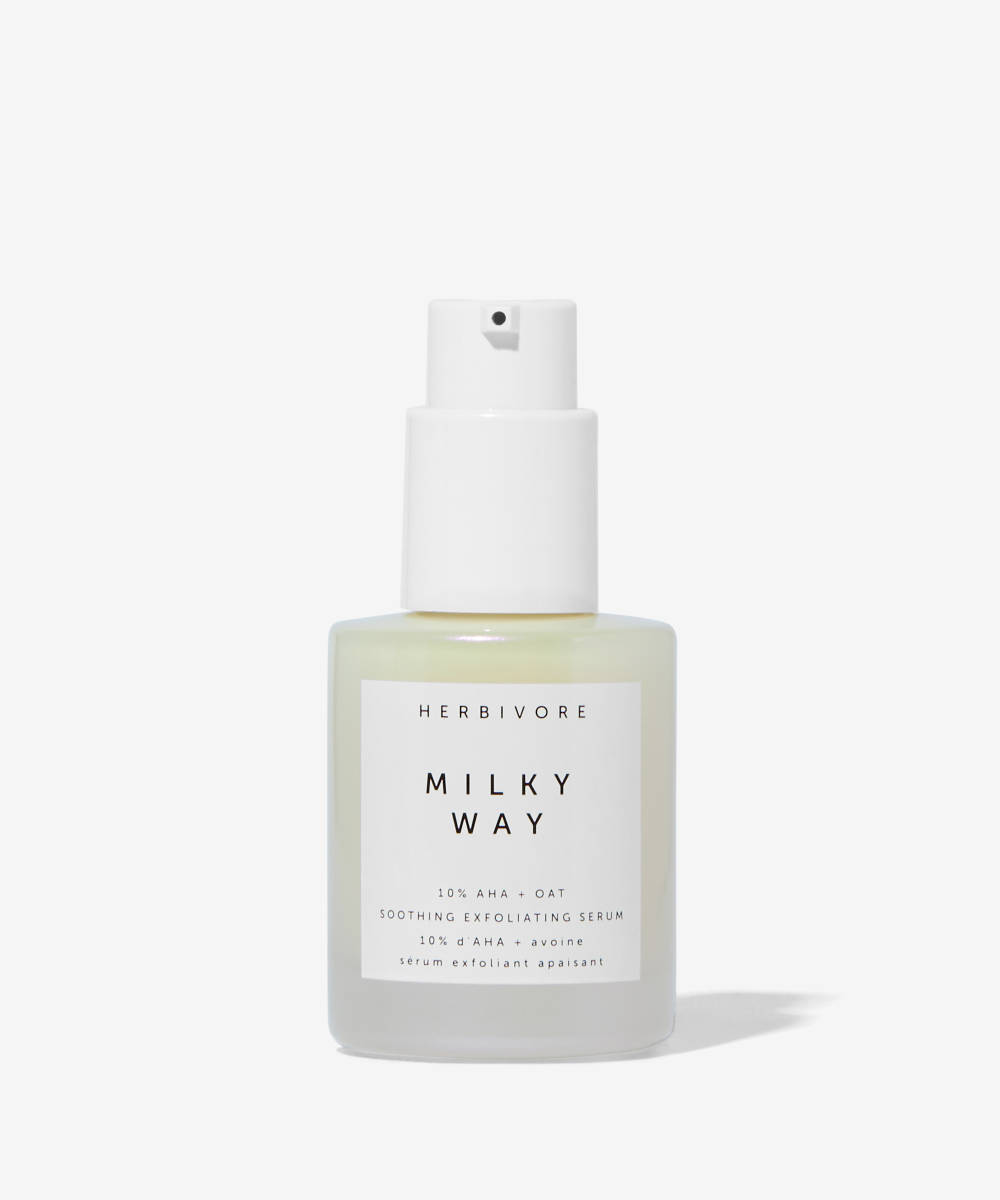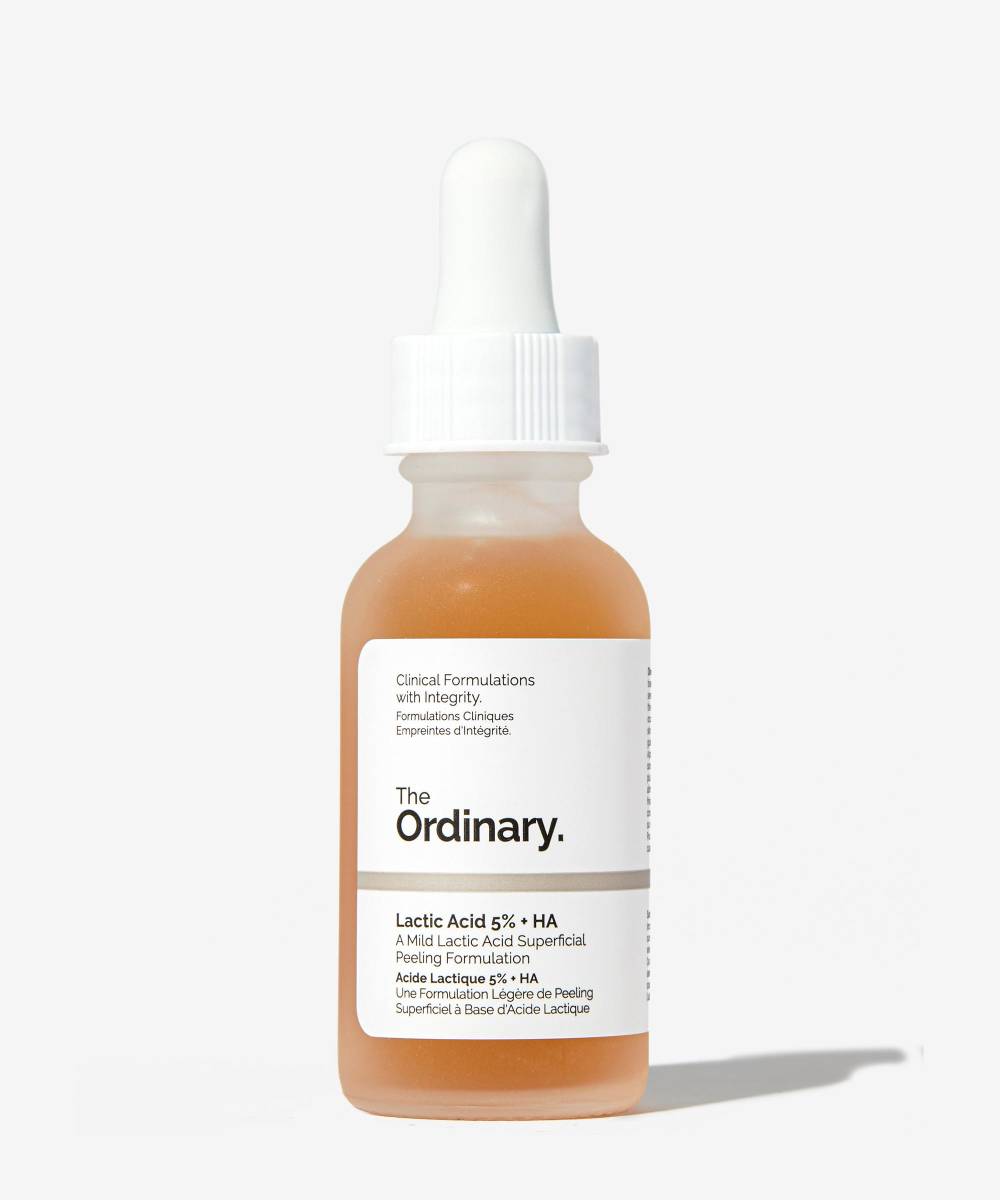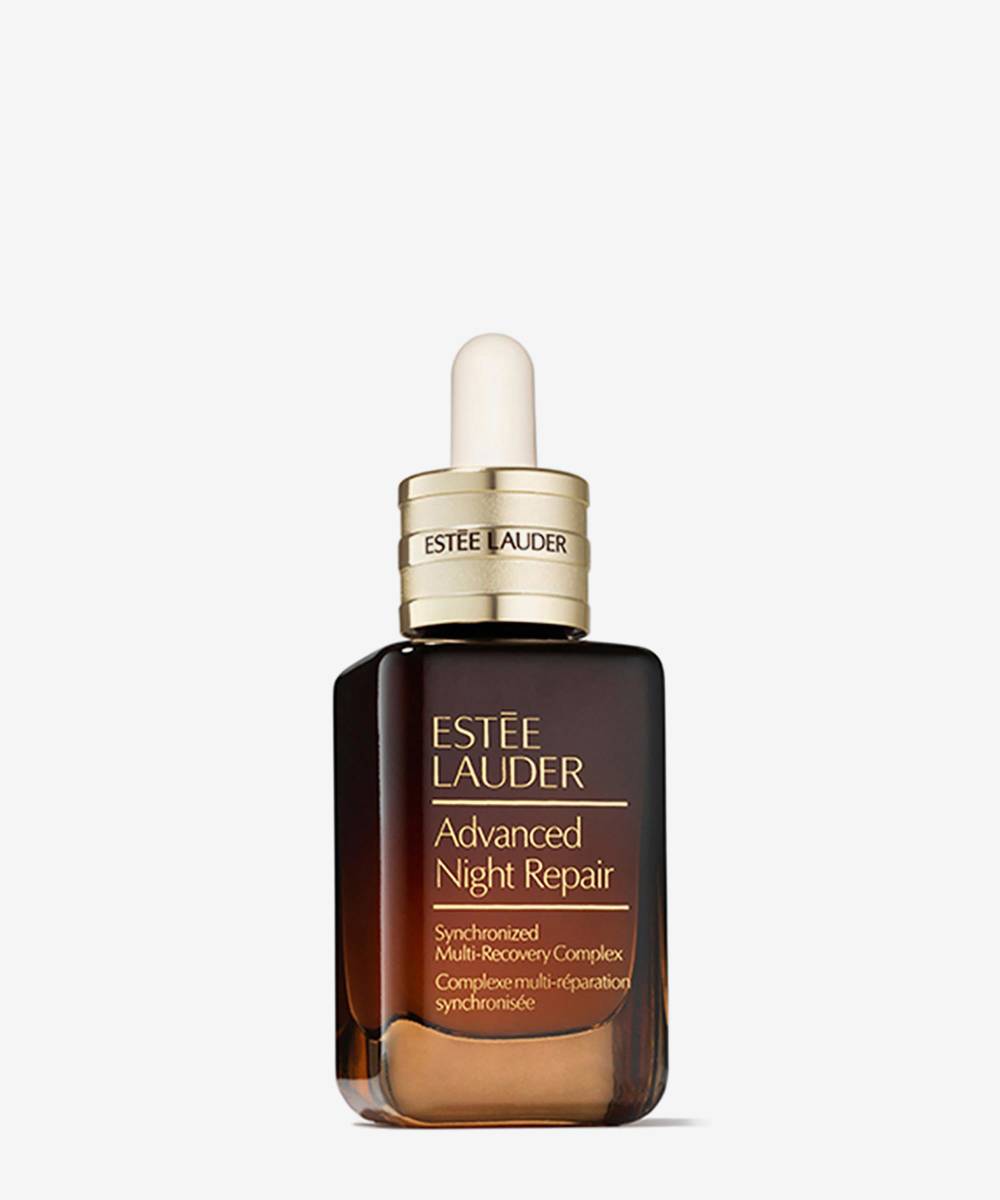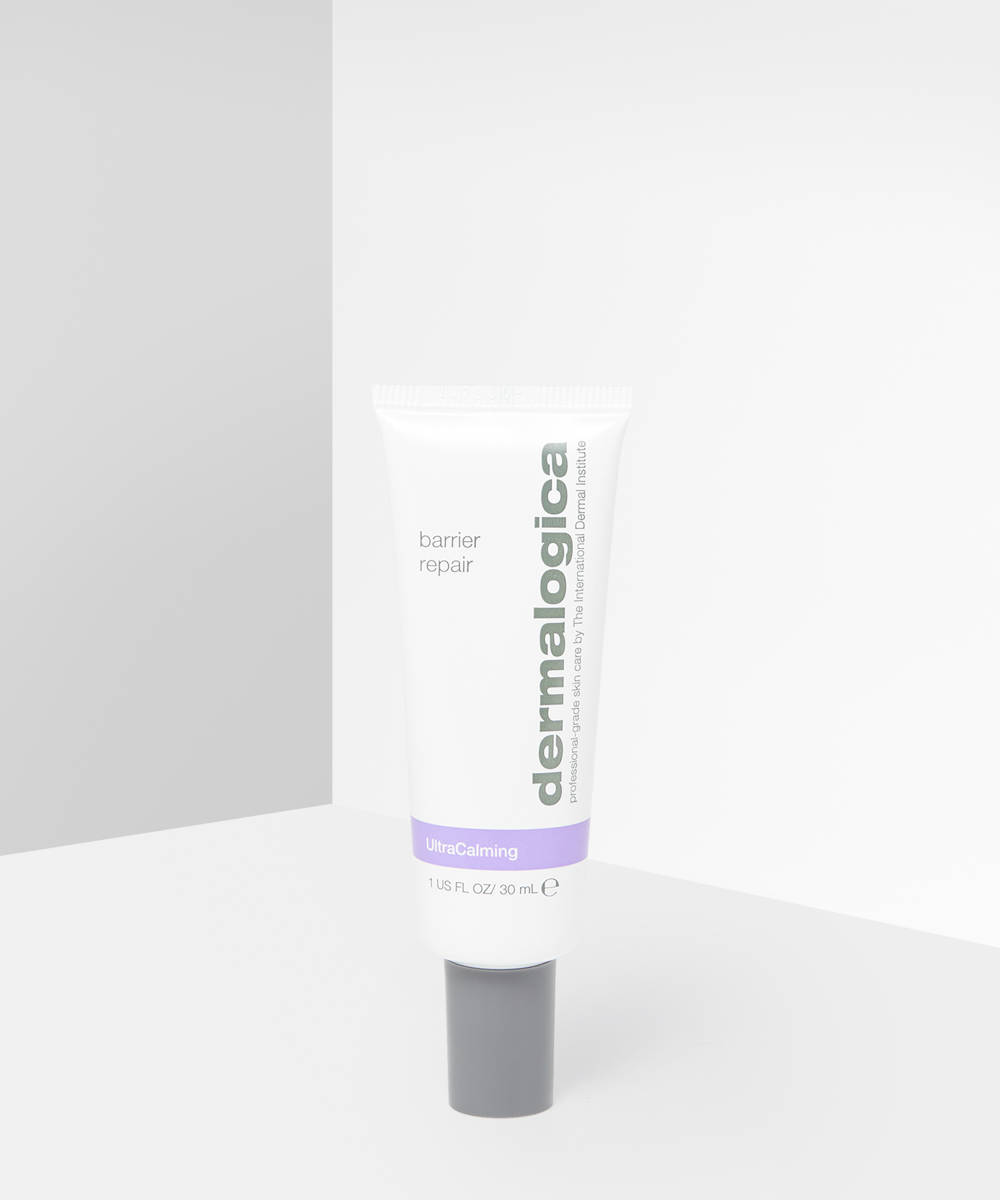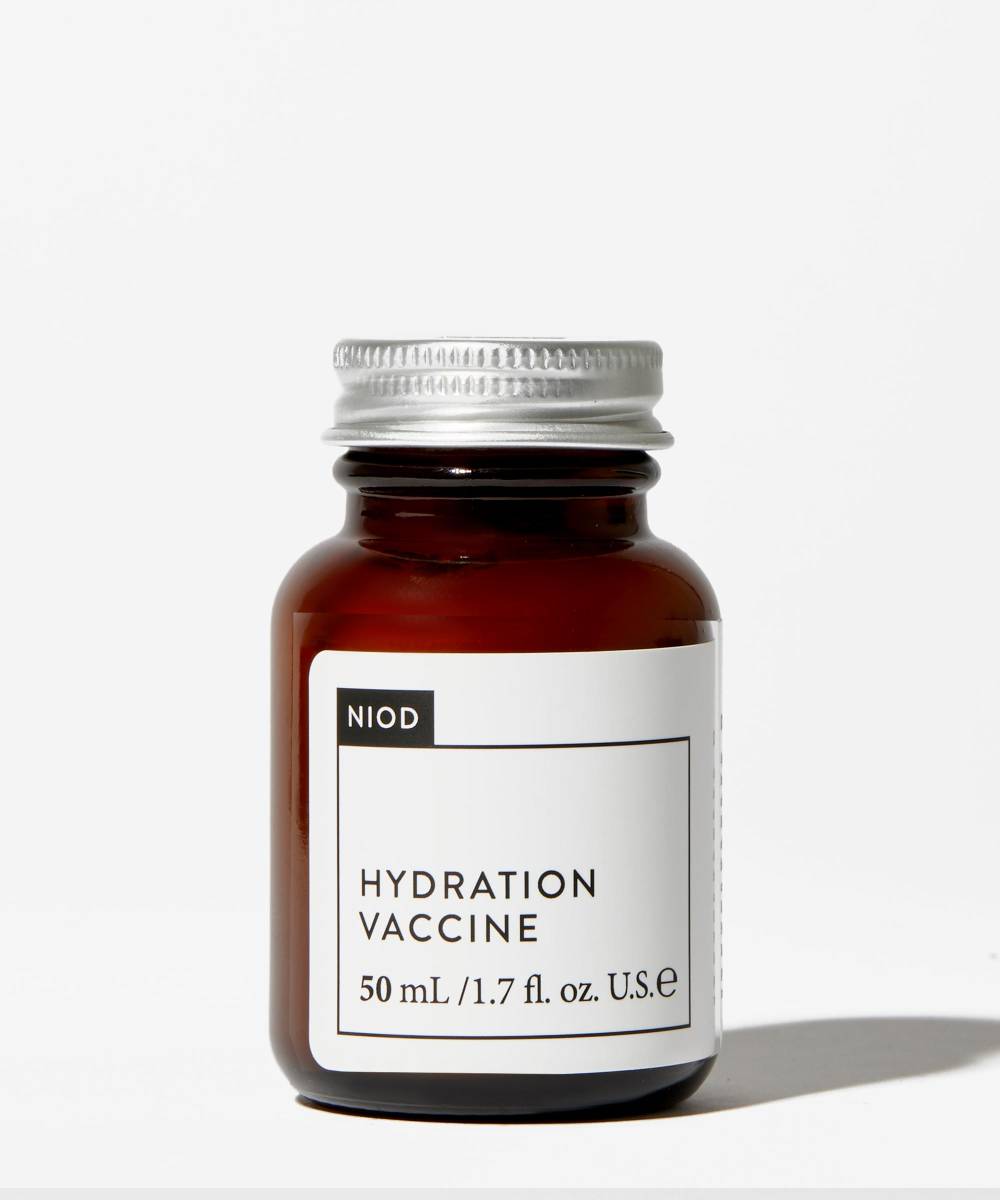Like most skin types, dry skin can be influenced by your genetics, your lifestyle, your environment, and by the products you use. When your skin lacks moisture, it becomes dry, looks dull, and feels tight, uncomfortable, and often rough to touch. If skin is severely dry you may also experience flakes, redness, and uneven texture. Most people with dry skin will have a damaged skin barrier, which means moisture easily escapes from skin and doesn’t penetrate deep enough to provide the long-term hydration needed to keep skin soft and supple. It can be frustrating, especially if you feel like the dryness is caused by something out of your control, but ultimately there are plenty of ways to rehydrate skin, regardless of the cause.
The key is to figuring out the best ingredients for dry skin, and luckily for you we’ve done the hard work and compiled them below, along with some of the best products for hydrating dry skin.
1. Ceramides
Ceramides are basically the cement that holds skin together – they strengthen the skin’s barrier to prevent moisture from escaping in order to improve hydration levels. Our skin naturally produces ceramides, but (in dry skin types especially) it’s important to add more to support the skin’s barrier and help prevent dry and dehydrated skin.
2. Squalane
Squalane is an oil-like substance (although not actually an oil), often derived from olives or sugarcane. It helps to seal in hydration and prevent it from escaping, which over time improves skin’s moisture levels. Squalane is a particularly effective ingredient because it replicates the natural moisturisers within our own skin so it’s unlikely to irritate skin or clog pores.
3. Hyaluronic acid
Hyaluronic acid is found in many serums and moisturisers because it’s a powerful hydrator which works well alongside other hydrating ingredients. It cleverly acts like a magnet to draw moisture into the skin (each molecule can actually hold up to 1000 times its weight in water), so it’s ideal for improving skin’s hydration levels.
4. Glycerin
Glycerin is also a commonly used ingredient within other products, which helps skin to retain moisture better. It’s found naturally within the upper layer of the skin so it’s safe and beneficial for all skin types and concerns. Studies have shown that higher glycerin levels correlate with skin hydration levels.
5. Vitamin E
An anti-inflammatory and an antioxidant, vitamin E is found in our sebum (the oil our skin produces). As dry skin lacks this oil, it’s important to add extra vitamin E (also known as tocopherol) into your routine – either as an ingredient within your skincare products or as a dietary supplement. It also helps to soothe and reduce sensitivity.
6. Lactic acid
Lactic acid is an alpha hydroxy acid (AHA) which works by removing dead cells from the top layers of the skin – it’s commonly referred to as a ‘chemical exfoliant’. Usually found in serum or toner form, it is a gentler and less irritating alternative to physical exfoliants (scrubs) or glycolic acid as its molecules are larger and cannot penetrate as deeply. Lactic acid is especially beneficial for dry skin as it’s also a humectant, so it helps to draw moisture into the skin.
7. Silicones
By forming a barrier over skin which locks in moisture and prevents it from escaping, silicones have an indirect effect on improving skin’s hydration levels. When layered on top of other hydrating ingredients this can help them to be better absorbed into the skin.
